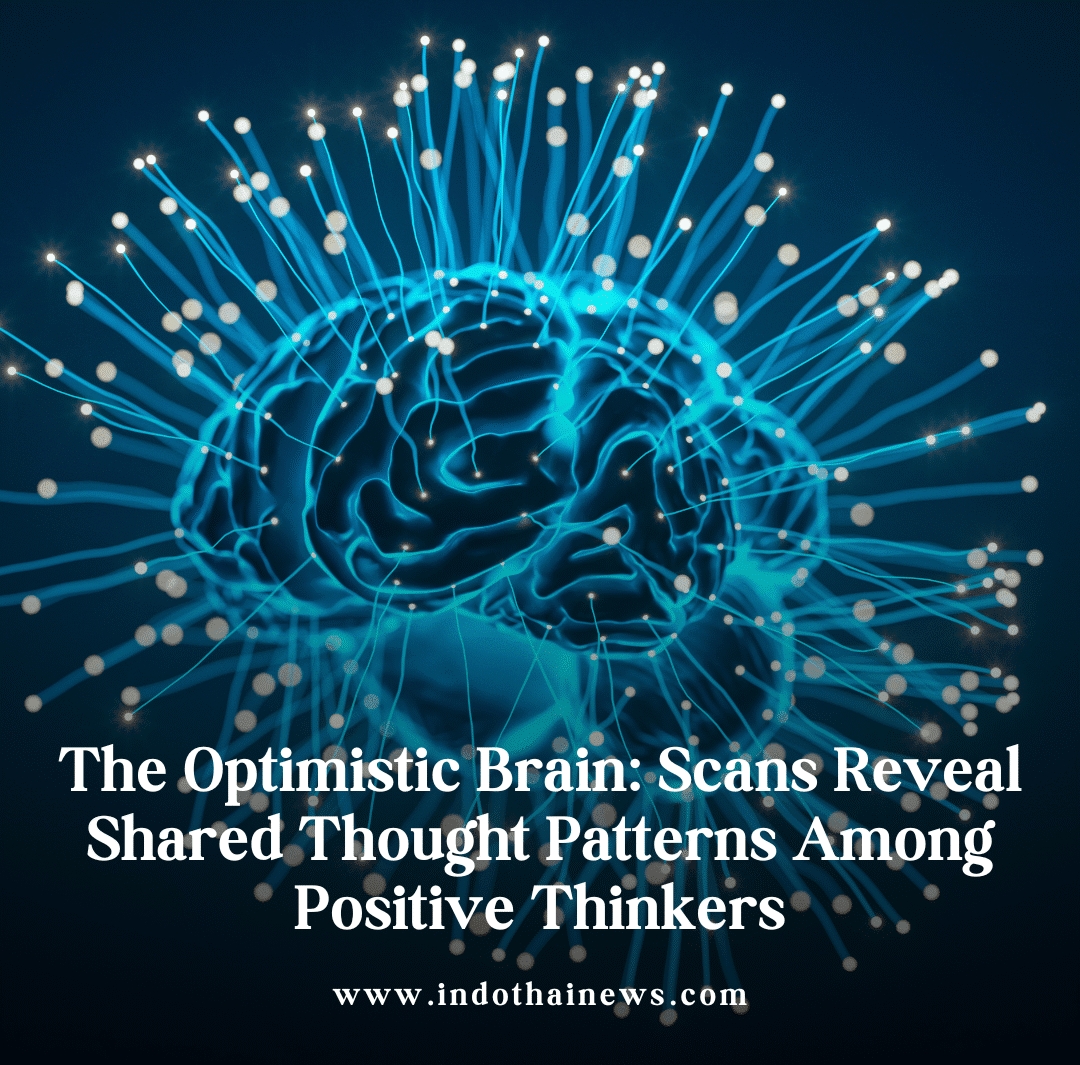A groundbreaking study published on July 21, 2025, in Proceedings of the National Academy of
Sciences has unveiled fascinating insights into how optimism shapes brain activity. Conducted
by researchers at Kobe University in Japan, the study used functional magnetic resonance
imaging (fMRI) to explore how optimists and pessimists process thoughts about the future,
revealing that positive thinkers share strikingly similar neural patterns, while pessimists display
more diverse, individualistic brain activity. These findings could have significant implications
for mental health research and our understanding of social connections.
Key Findings from the Study
The research, led by social psychologist and neuroscientist Kuniaki Yanagisawa, involved 87
participants who completed a questionnaire to assess their level of optimism or pessimism. While
undergoing fMRI scans, they were asked to imagine various future scenarios—positive, neutral,
negative, and death-related—from both their own perspective and that of a partner. The study
focused on activity in the medial prefrontal cortex (MPFC), a brain region critical for imagining
the future and processing emotions.
● Shared Neural Patterns in Optimists: Optimists exhibited remarkably similar patterns
of brain activity in the MPFC when envisioning future events, particularly when
distinguishing between positive and negative scenarios. This suggests a shared “neural
framework” for processing hopeful futures, which may explain why optimists often feel
more socially connected. As Yanagisawa noted, “The everyday feeling of ‘being on the
same wavelength’ is not just a metaphor—it’s a neural reality.”
● Diverse Patterns in Pessimists: In contrast, pessimists showed highly varied and
idiosyncratic brain activity, aligning with the “Anna Karenina principle”—the idea that
while positive traits converge on similar patterns, negative traits manifest uniquely. This
diversity may reflect the many ways pessimism can take hold, from focusing on
worst-case scenarios to heightened emotional sensitivity to negative events.
● Emotional Resilience in Optimists: The study found that optimists process negative
scenarios in a more abstract, psychologically distant manner, reducing their emotional
impact. Positive events, however, are imagined more vividly and concretely, enhancing
emotional resilience. This clear neural distinction between positive and negative futures
sets optimists apart.
Implications for Mental Health and Social Bonds
The findings bridge social psychology and cognitive neuroscience, shedding light on why
optimists tend to be more socially successful. “Optimists’ brains are literally on the same
wavelength, which may allow for a deeper, more intuitive kind of connection,” Yanagisawa
explained. This shared neural processing could facilitate trust and mutual understanding,
strengthening social bonds.
The study also has potential implications for mental health. Previous research has linked reduced
activity in the MPFC and other regions, like the amygdala and rostral anterior cingulate cortex
(rACC), to depression, where an absence of positive thoughts is common. The new findings
suggest that understanding these neural patterns could lead to better diagnostics or therapies for
conditions like depression, loneliness, or anxiety, where negative thought patterns dominate.
Professor Lisa Bortolotti from the University of Birmingham, who was not involved in the study,
emphasized that optimism does not equate to irrationality. “Optimists don’t distort reality but
process negative events in a way that impacts them less, suggesting a cognitive strategy for
resilience,” she said.
Broader Context and Future Directions
The study builds on earlier research, such as a 2022 study showing that socially central
individuals exhibit similar brain activation patterns, and another linking loneliness to unique
neural responses. These findings collectively point to a broader principle: positive social traits
like optimism or strong social connections may rely on shared neural frameworks, while negative
traits like pessimism or isolation are more individualistic.
Yanagisawa’s team used a method called INDSCAL to analyze how optimists mentally separate
positive and negative events, highlighting their distinct cognitive approach. Future research
could explore whether cultural values shape these neural patterns, as societal emphasis on
optimism may drive individuals to think and behave similarly over time.
Why It Matters
This study marks a significant step in visualizing abstract concepts like optimism through brain
activity, offering a tangible link between mindset and neural function. As posts on X reflect, the
discovery has sparked excitement among neuroscience enthusiasts, with users noting its potential
to explain why optimists feel more connected and resilient. The findings underscore the power of
positive thinking, not just as a mindset but as a measurable neurological phenomenon, paving the
way for new approaches to mental health and social well-being.
Sources: Proceedings of the National Academy of Sciences (DOI: e2511101122), Nature, The
Guardian, Scientific American, Earth.com, New Scientist.
The Optimistic Brain: Scans Reveal Shared Thought Patterns Among Positive Thinker



